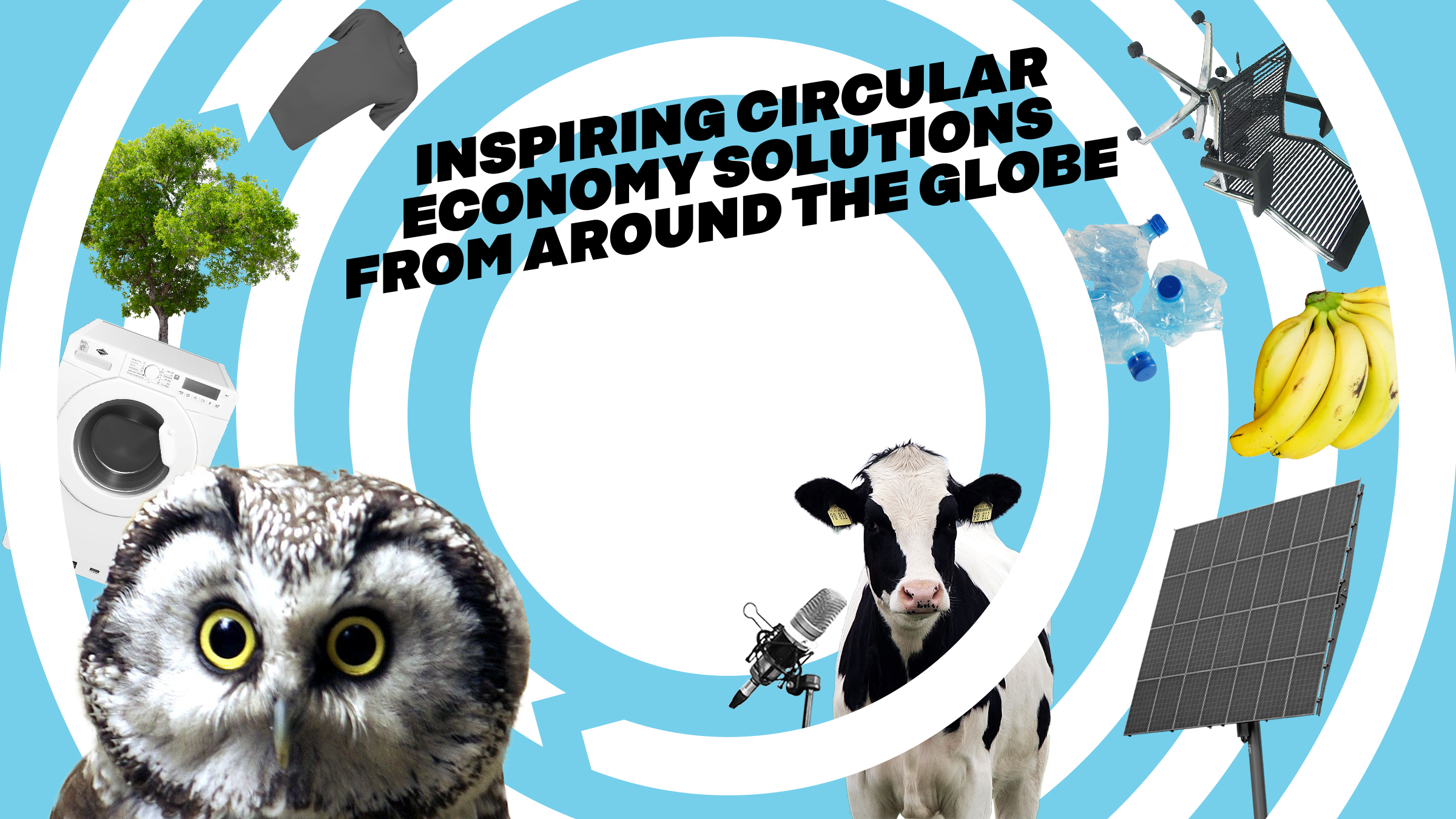FoodRescue.ca provides a logistical solution that helps businesses connect with their local communities to save good food which would otherwise go to waste. Their simple platform fights three major crises: food waste, climate change and food insecurity.
FoodRescue.ca is a program of Second Harvest, a nonprofit organisation dedicated to directing surplus healthy food to people in need. Despite the charity’s best efforts, surplus food in the supply chain was still slipping through the cracks. FoodRescue.ca was developed in response, as Second Harvest management realised that a digital platform could capture even small amounts of surplus food and scale the initiative.
Problem
Thirty-two per cent of Canadian food waste is avoidable, being edible food that could be redirected to support people in local communities. Food that ends up in landfills is a massive contributor to global greenhouse gas emissions.
Solution
FoodRescue.ca is an online tool and mobile app that allows local businesses with surplus, unsold food to connect with nonprofit and social service organisations in their area. These organisations recover and redistribute the food for their clients.
The program utilises accessible technology to create a scalable business model to reduce food waste. By increasing access to safe food, FoodRescue.ca allows people to do more with existing food resources.
Second Harvest plays a leadership role in Canada’s efforts to create a circular food supply chain. In addition to expanding the reach of their FoodRescue.ca program they work with every sector, including public authorities, to raise awareness and accelerate movement on the food loss and waste agenda.
Second Harvest is also part of global conversations around circular economies. Their leaders have for example participated in research for the World Bank around the challenges associated with food waste. They also share their research, models and tools to help international players develop similar platforms successfully.
Environmental impact
Since their inception in May 2018, FoodRescue.ca has averted over 13,000 tonnes of greenhouse gases by rescuing food that would have otherwise gone to landfills and released harmful greenhouse gas emissions. FoodRescue.ca’s donation KPIs also help food donors measure and manage their food loss and waste.
Social impact
Supporting individuals who lack food security is a core component of FoodRescue.ca’s dual social-environmental business model. By September 2020, the platform had more than 2,000 registered donor locations and more than 2,000 registered non-profits, with a total of over 1,800 tonnes of food rescued. This has provided nearly 4 million meals and more than 6.5 million euros worth of donated food to people in need.


Inspired?
Check out all solutions.